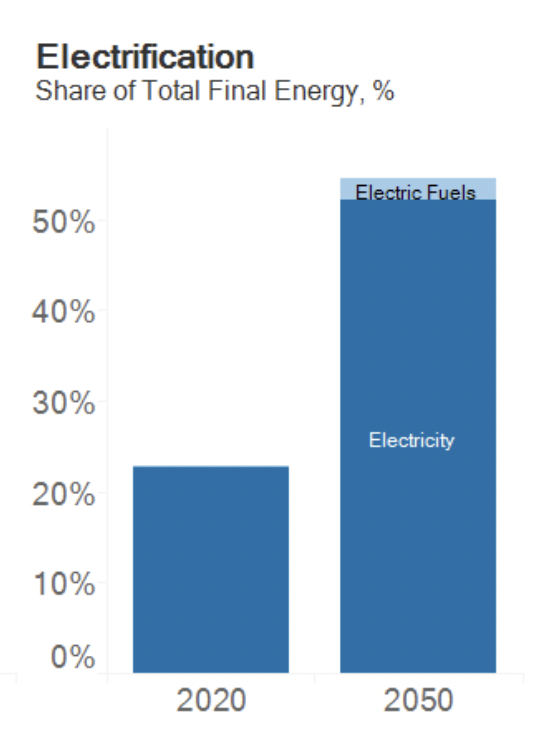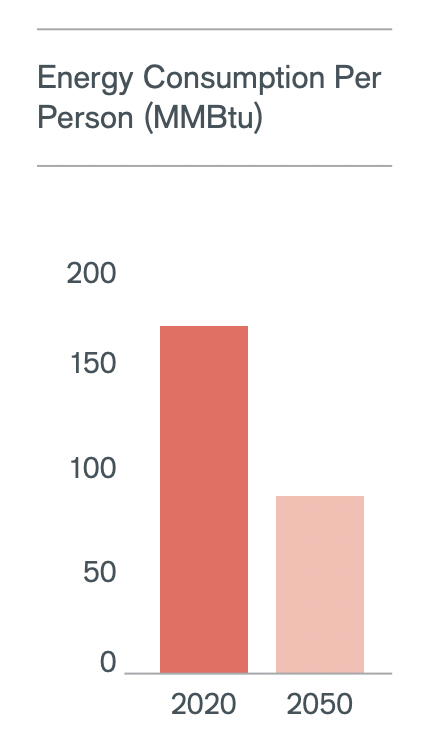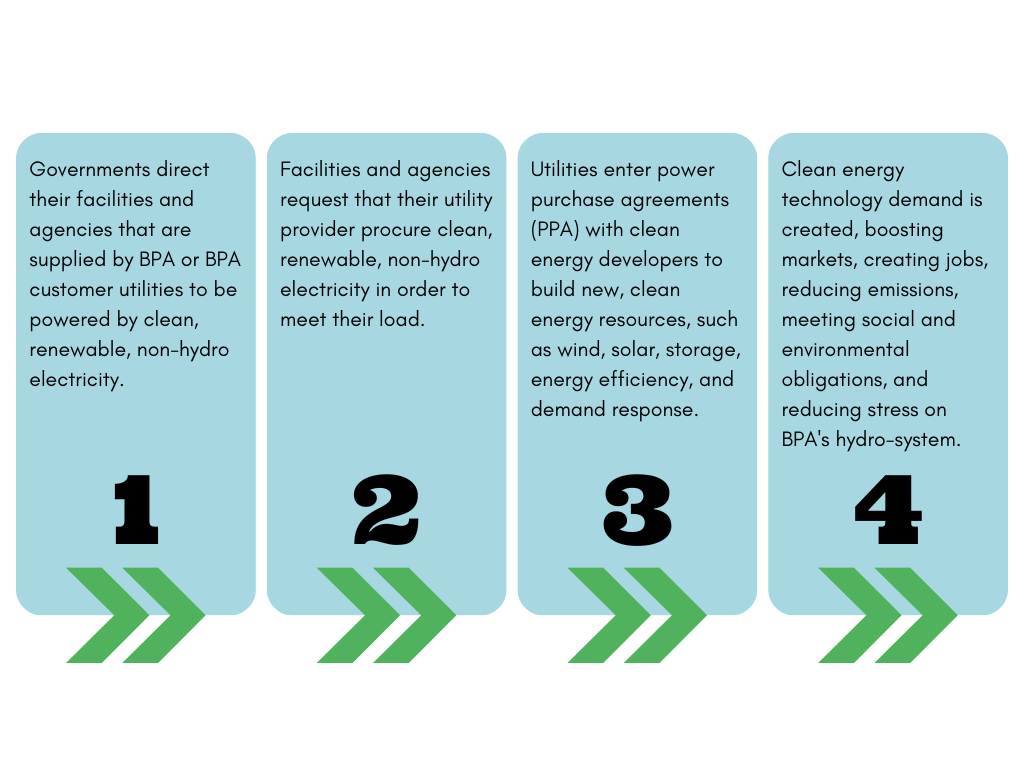Government electricity procurement should kickstart the next wave of clean energy investments in the Northwest
The Northwest is leading the way towards a decarbonized energy system in the US. To meet new and growing electricity demand, we must build on the foundation of our hydropower system with the next generation of clean and renewable energy resources. Accelerating the development of new, non-hydro renewable energy and storage resources can decrease pressure on the federal hydrosystem as it faces growing pressures from climate change, environmental stewardship obligations, and aging infrastructure.
By leveraging the power of Federal, State, and Tribal government procurement, a new era of appropriately sited renewable energy and storage project development can be catalyzed. A government-led green power procurement program, expedited by the Inflation Reduction Act and Bipartisan Infrastructure Law, can accelerate the regional clean energy technology market, create jobs, reduce emissions, and help address the region’s Tribal treaty responsibilities.
The clean energy transition is well underway and hurdles remain for timely expansion and support of economic development
Solar, wind, and storage projects are being deployed at accelerating rates and for unprecedentedly low costs, making up more than half of new utility-scale additions in 2022 across the United States.
The Northwest finds itself in a unique and enviable position when compared to the rest of the country, as hydropower is the foundation of our power system, providing more than 53% of the Pacific Northwest’s annual energy generation. Until now, this low-carbon fuel source has kept our electricity prices affordable and has allowed for flexibility on the grid. While hydro-power will remain a critical component of our regional power supply for years to come, our region also faces new challenges that hydropower, by itself, will not be able to meet.
Our commitments to reduce climate pollution will drive a rapid increase in electricity demand. As the region meets its goals to decarbonize the transportation and building sectors, in part through electrification, electricity consumption is expected to increase by more than 50% (Figure 1).

How will we meet this new electricity demand? Energy efficiency must play a pivotal role: it can decrease per capita energy consumption by 50% or more by 2050 (Figure 2). Energy efficiency measures will reduce the cost of decarbonization, decrease energy bills for customers, reduce energy demand and the need for new generation resources, and create more comfortable living spaces. No matter the Northwest’s pathway to decarbonization, energy efficiency must be central.

In addition to energy efficiency, the region needs to build out and utilize a more complete set of resources at the customer and community level. Customer and community resources include distributed generation like rooftop solar, robust management of customer demand, and storage like batteries and electric vehicles. These tools can decrease energy bills for customers, reduce energy demand and the need for new peaking resources, and increase community resilience and more equitable distribution of energy benefits. Customer and community resources fit hand-in-glove with energy efficiency and must be the backbone of the Northwest’s decarbonized energy system.
Energy efficiency and customer and community resources will reduce demand and take stress off our energy system, but we will also need to build new generation, transmission, and storage capacity to meet growing electricity demand.
Traditionally, new power generation comes from utility decisions ensuring adequate supply to meet their demand. Going forward, carbon reduction and clean electricity policies and regulations will be shaping these investments over time.
New generation is also being driven by large customers who want to reduce their carbon footprints or stimulate economic and workforce development. For example, the Clean Energy Buyers Association supports corporate decisions to build their own new renewable energy generation or work with a local utility to provide a specific product that meets the needs of the large customer.
Accelerating the development of new renewable energy and storage resources that build on the foundation of our hydropower system will take additional action beyond the decarbonization timelines outlined in climate and clean electricity policies.
Pressures on the federal hydrosystem
While acknowledging hydropower’s central role in the Northwest’s clean electrical grid, it is imperative to also recognize the pressures on the current system. The federal hydrosystem, whose power is marketed by the Bonneville Power Administration (BPA), will not be able to meet an increase in electricity demand while simultaneously upholding important social and environmental obligations, such as salmon recovery under Tribal treaty requirements. These obligations have already driven changes to system operations in order to protect salmon and steelhead.
For example, for decades the Columbia River hydrosystem has spilled significant amounts of water – which does not generate electricity – to reduce the extinction odds of endangered salmon and steelhead. Further modifications of the federal hydrosystem will be required in the near term to protect salmon and steelhead from extinction.
Beginning this year, Clean Water Act permits for the Lower Snake River dams will require the Army Corps of Engineers to study and implement strategies to reduce the dams’ impacts on river water temperatures and salmon and steelhead survival. Those temperature-reduction strategies – including reservoir drawdowns – may reduce hydropower output.
Furthermore, the federal government has treaty obligations with Indigenous Tribes granting them rights to their usual and accustomed fishing and hunting grounds. The federal government cannot sit idle while the federal hydrosystem causes the extinction of salmon and steelhead, which would violate treaty obligations and be a great injustice to Tribal communities.
Additionally, demand for the water that flows through the federal hydrosystem will increase by 2040 from both the residential and agricultural sectors. These demand increases will come at a time when, due to the impacts of climate change, we can expect greater variation in hydropower output. For example, summers will be drier and hotter, and there will be less snowpack, which will reduce river water levels and therefore hydropower output during summer months.
Hydropower has played a crucial role in creating the modern-day Northwest. However, modifications and pressures on the hydrosystem exist today and will likely worsen in years to come. Taking pressure off the hydrosystem will bring many benefits to the region.
Government procurement is key to creating demand for the next generation of new renewable energy and storage projects
The region needs to leverage the power of government procurement to help jumpstart this new wave of project development. Federal, State, and Tribal governments in the Northwest are large electric power customers of BPA or of individual public utilities that also purchase power from BPA. For example, the US Department of Energy Richland Operations consumes 42 megawatts (MW) from BPA and the US Navy Bangor Base consumes 25 MW (BPA, Provider of Choice Post 2028 Contract High Water Mark Calculation Model, October 3, 2022). As large customers of electricity, governments have significant purchasing power that they can use to further their stewardship and economic development commitments.
Leading by example is not a new concept for governments. Using their purchasing power to create demand for new clean energy resources, such as wind, solar, storage, energy efficiency, and demand response, will help the region to decarbonize and stimulate economic development in the region.
Currently, most of the responsibility for developing our next generation of new clean energy resources rests with the investor-owned utilities that have a carbon footprint. The region needs to broaden the effort beyond these utilities. Government procurement that expands the regional clean resource mix and reduces stress on the hydrosystem will help stimulate the economic and workforce development efforts we need to decarbonize our entire economy, while meeting Tribal treaty obligations by recovering salmon.
How green power procurement would work
Federal, State and Tribal governments could direct their facilities and agencies that are supplied by BPA or BPA’s customer public utilities to be powered by new, renewable non-hydro electricity. Those facilities and agencies would then request that their utility provider procure new, clean, renewable electricity in order to meet their load. Since the facilities’ and agencies’ load was previously met through BPA’s hydrosystem, utilities would need to procure new wind, solar, storage, energy efficiency, and demand response resources. This is a proactive economic development strategy.
There are three ways for this new development to happen:
- BPA could augment its system by procuring or developing new, clean, renewable energy
- Public utilities could develop their own new resources
- Public utilities could enter power purchase agreements (PPA) with clean energy developers to build new resources
Requests to local utilities for new clean energy resources have already been pioneered by large commercial entities, such as data centers, large industrial or commercial customers, and some local governments. They have used a green power procurement program (Figure 3).

Targeted procurement from customer demand would help accelerate the regional clean energy technology market, create jobs, reduce emissions, meet our social and environmental obligations, and decrease pressure on the federal hydrosystem.
This program could work similarly to Puget Sound Energy’s (PSE) Green Direct Program (Figure 4). Green Direct was launched in 2017, after some of PSE’s corporate and governmental customers requested 100% renewable energy from PSE. Participants signed a 10-, 15-, or 18-year agreement to purchase power from the program. Washington State’s Capital Campus signed up to purchase (10 MW) from PSE’s Green Direct Program. Green Direct expanded in 2018 and has led to the construction of the largest wind farm in western Washington and the largest solar farm in Washington.
It is important to note that Green Direct increases the renewable energy resources in PSE’s portfolio, providing additionality, expanding the market for clean energy, and moving the utility towards decarbonization. This type of procurement program provides a model for how governments can take pressure off the federal hydrosystem and meet their electricity demand with new resources that satisfy their environmental, social, and economic obligations.

A critical first step is to inventory government load served by the federal hydrosystem, and to begin the dialogue to kickstart new, clean, renewable resource development. Federal facilities directly served by BPA currently receive over 100 MW of power. The addition of other federal and state facilities brings this figure closer to 300 MW. Facilities that should be included in an inventory of all government facilities include military bases, agency offices and operations, pumping and laboratories, campuses, prisons, and hospitals.
By starting to pursue a green power procurement program now, governments can create new clean energy demand and accelerate the market that will drive the region towards decarbonization, while creating new jobs, reducing emissions, meeting our social and environmental obligations, and reducing stress on BPA’s hydrosystem.
In a follow-up blog post, NWEC will examine ways in which this government procurement strategy is already being led by Tribal governments and supported by federal funding and collaboration among public utilities. The unprecedented federal funding available in the Inflation Reduction Act and the Bipartisan Infrastructure Law can help public utilities procure these new, clean, renewable energy resources.

